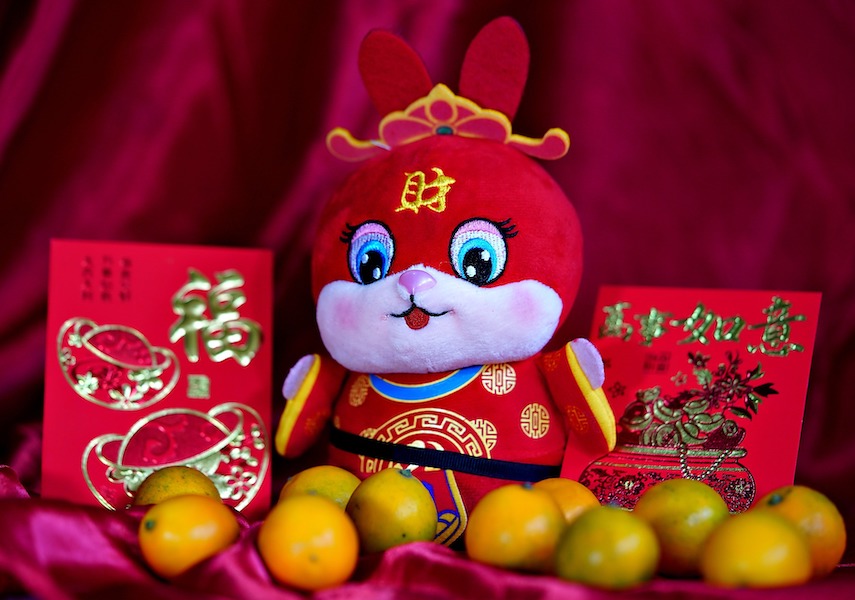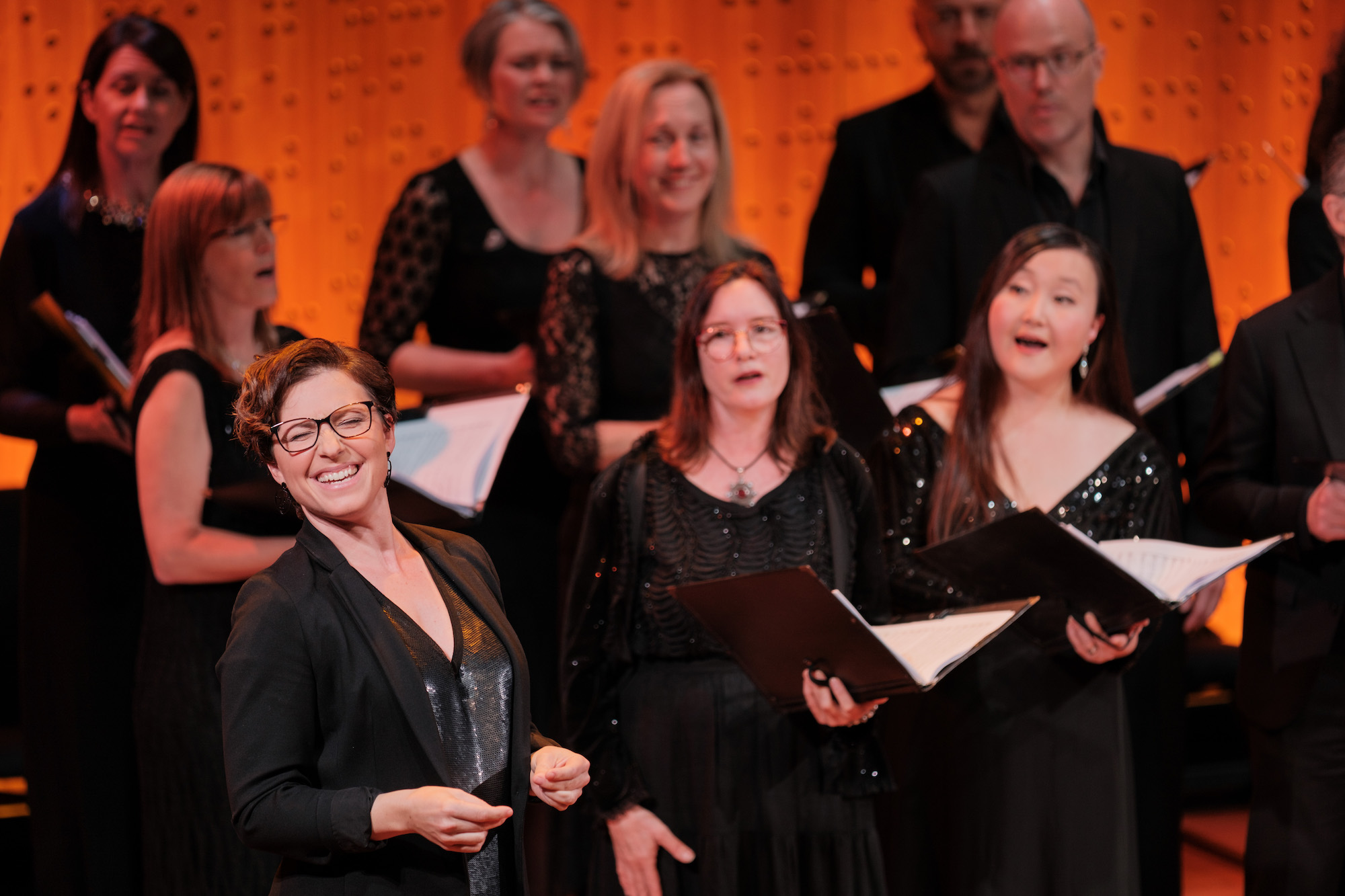
It’s a Lunar ‘leap’ year

To be specific – it’s the Year of the Rabbit for many of the cultures that celebrate the Lunar New Year (Year of the Cat for the Vietnamese). The official period of celebration begins today – January 22 – and continues until February 5, and it will be marked with music, feasting, lights, fireworks, street parades and lots of fun and laughter.
The Chinese zodiac works on a 12-year cycle with each year having a corresponding animal: rat, ox/buffalo, tiger, rabbit/cat, dragon, snake, horse, goat, monkey, rooster, dog and pig. The easiest way to find out your Chinese zodiac is to look up your birth year on a chart and see what the animal was that year.

Each animal has characteristics that inform the person born under that sign (similar to the western zodiac), but the animal also has influence on the events and general vibe of the year it represents.
This year’s Rabbit is meant to bring longevity, peace, prosperity. Fingers and paws crossed.
The terms “Lunar” and “Chinese” New Year tend to be used interchangeably, although there are many countries that celebrate Lunar New Year and there are a subtle range of differences.
In Sydney, the Chinese community has led the celebrations for a long time, so it’s their traditions we are familiar with. They include the wearing of red or other fiery colours; hanging brightly coloured decorations and strung lanterns; setting off fireworks; noisy parades.

The very large, long dragon-like monster often inhabited or carried by volunteers and weaving through crowds while drums, cymbals and other noisy instruments are crashed and banged, is based on a popular legend.
Nian was a Chinese monster that lived at the bottom of the sea. It would come ashore on the last day of the year to wreak havoc on the local village. The residents would hide until Nian had finished, returning to the devastation.

One day, the last day of the year, an old man visited the village and ignored the townsfolk’s warnings to leave and hide. When the villagers returned they found that the old man had scared Nian off by hanging red banners, wearing bright, fire-coloured clothing, and setting off fire-crackers.
Food is also an important element of Lunar New Year with dumplings, whole fish, whole chicken, longevity noodles, spring rolls, nian gao (sweet rice cakes), oranges and tangerines all being considered lucky foods.
Xīnnián hǎo!
Gong hei fat choy!
Happy New Year!








